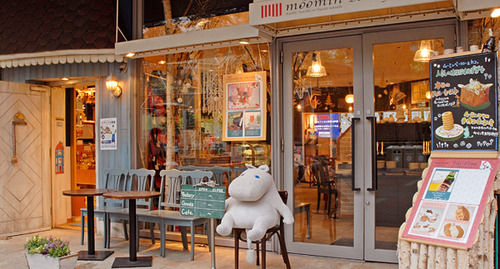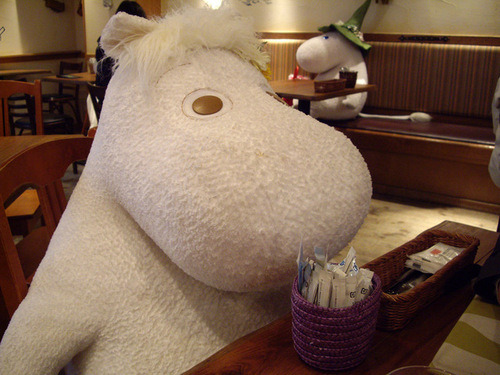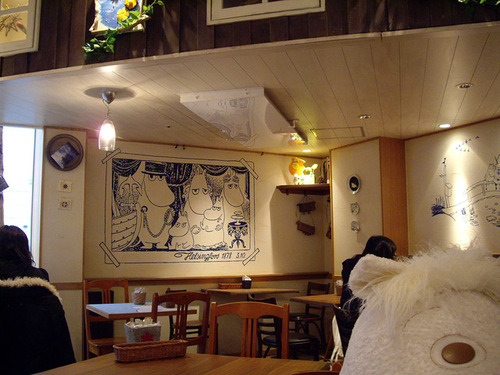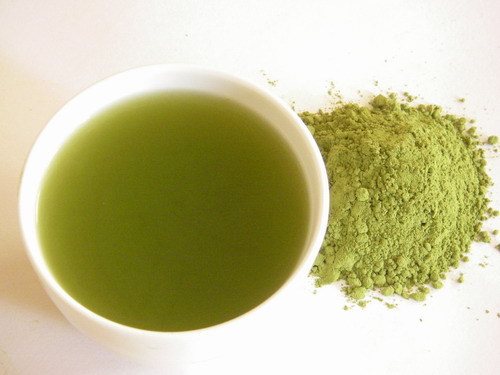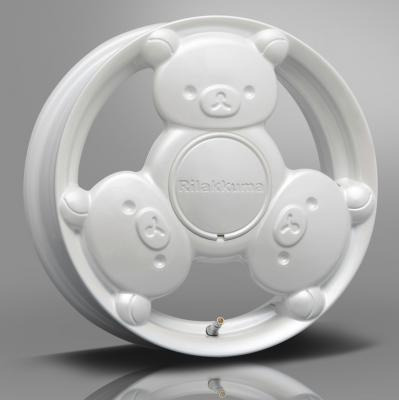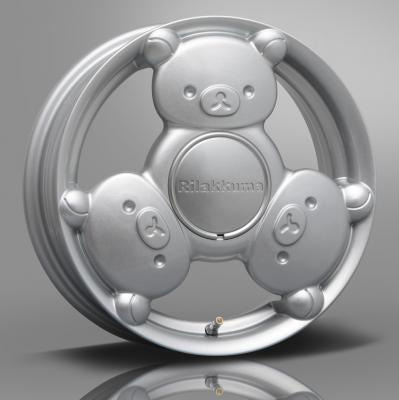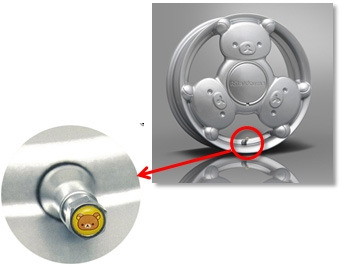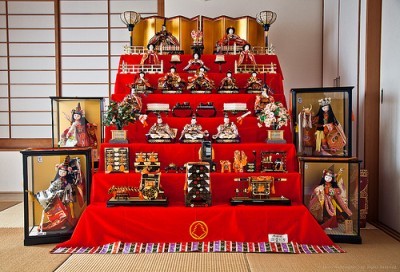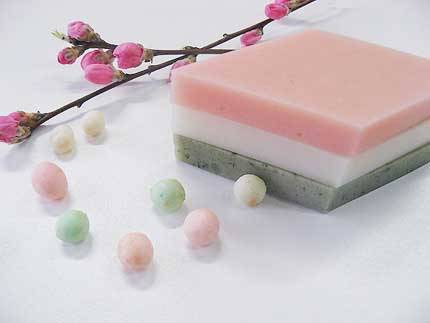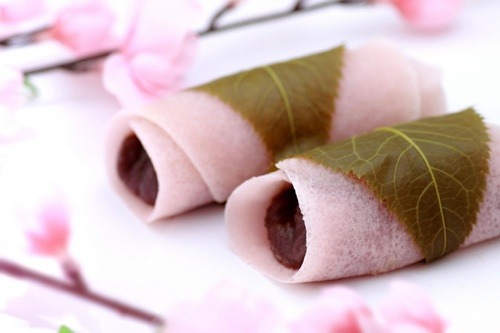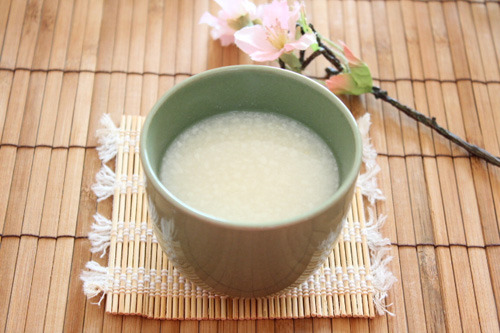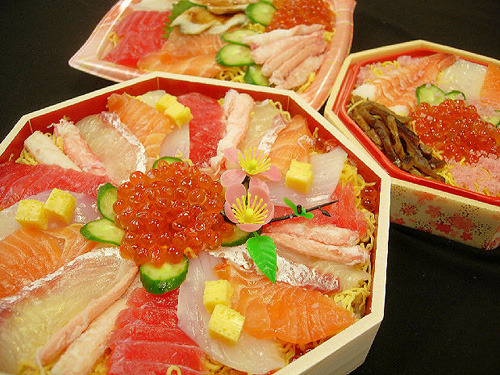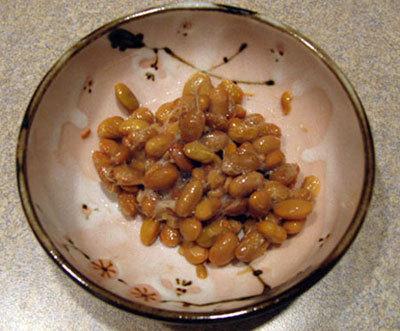There’s a theme restaurant in Japan that offers a very special accommodation to their solo diners. Moomin Café, inspired by the popular classic anime—Moomin—has been keeping their solo customers in company with cute giant stuffed toys of Moomin characters!
According to Benelic, the company that manages Moomin Café branches, “…the policy has been in place since the café opened in 2003.” The café’s decorations, foods, drinks, as well as their merchandise, are also inspired by the series’ artwork.
However, this sweet and unique albeit eccentric accommodation has gathered both positive and negative comments from people. Some are saying that they feel more awkward sharing the table with a huge stuffed animal.
